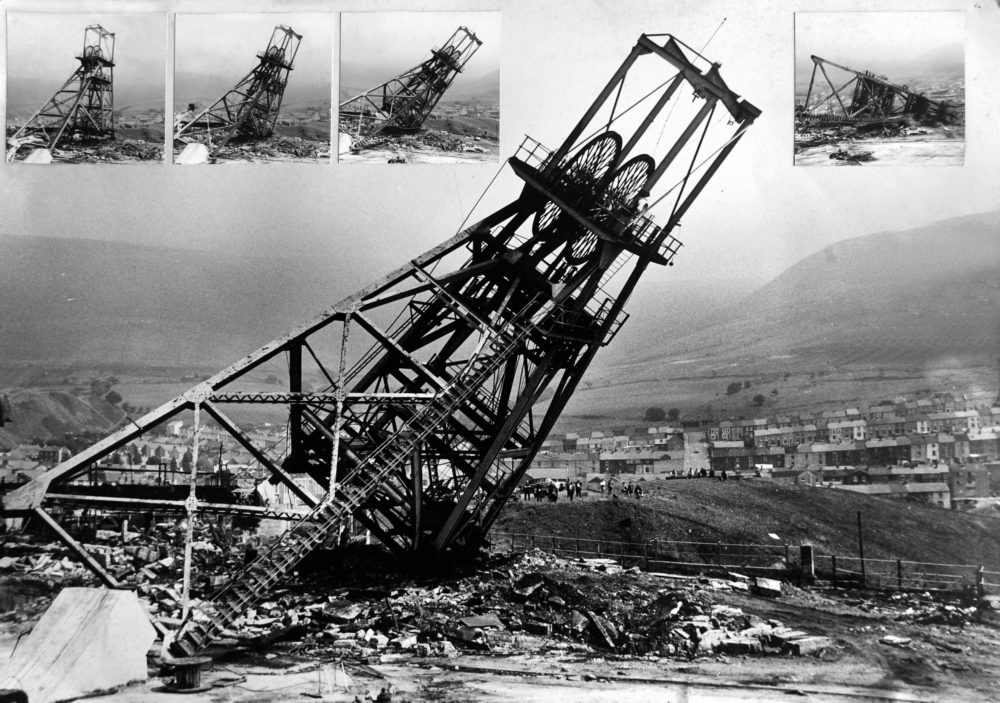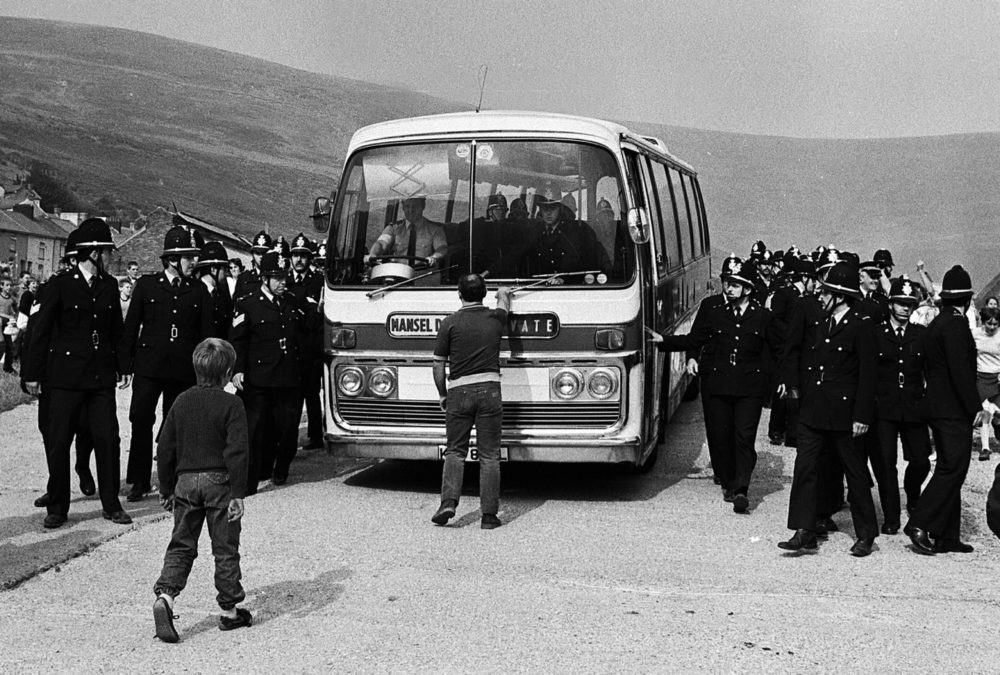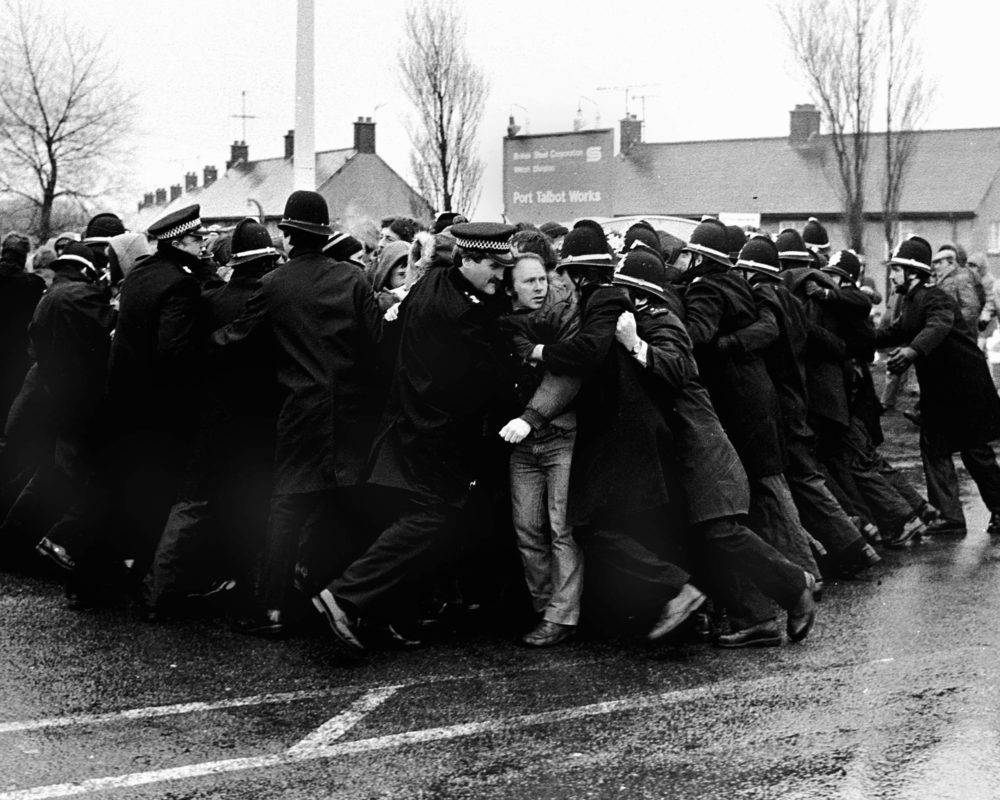Book Review: Coal and Community in Wales by Richard Williams & Amanda Powell

Jon Gower
The terrible convulsion that was the 1984-85 Miners’ Strike in Britain changed many communities for ever, blighting them with unemployment and nowhere more than in the coalfields of Wales.
Coal had long been king in so many parts of the country, from the seams of the north-east, through the great anthracite belt of the south and even to the lesser known outcrops of the industry in Pembrokeshire.
In its heyday, when coal was king, the harvesting of black diamonds employed a quarter of a million men.
But it wasn’t just about the work itself, and the economic benefits it brought to other businesses, as Amanda Powell reminds us: “Miners and their trade unions fostered a proud tradition of self-improvement and education, influencing and expanding the cultural and social life of their communities.
“Institutes, reading rooms, libraries, halls, hospitals, medical services, classes and colleges were all funded by miners’ contributions.
“Colliery bands and choirs, children’s clubs and sporting activities were among the recreational activities that flourished in mining communities.”
Unemployment
That flourishing was replaced by a diminishing.
As this book tells us, younger people tend to move away for work and ‘just about every marker of social prosperity is below average.’
A 2019 report chronicled widespread health issues and ‘vast numbers out-of-work on incapacity benefits.’ In the former coalfield communities life expectancy was less, unemployment was higher and both earnings and qualifications were lower than the UK average.
Open cast
Richard Williams and his camera captured many of the key moments in recent coalfield history.
As a 19 year old he had the foresight to photograph the single terrace of houses in the hamlet of Fforddygyfraith near Cefn Cribwr before they were demolished to make way for the Parc Slip opencast mine.

End of mining
He was there too to witness the demolishing of the Wyndham/Western Colliery, one of more than a dozen mines that used to extract the black diamonds of coal in the Ogmore Valley.
As Richard recalls: “My vantage point overlooking Nantymoel gave me the perfect position to capture the pithead wheel coming down.
“As crowds gathered across the valley, there was a loud bang and the giant structure began to fall. I managed to shoot five or six frames as it fell to the ground, a visual reminder of the end of mining in the Ogmore Valley.”

Community rifts
It wasn’t just the pithead wheels that were destroyed, of course.
There were rifts in the communities, too, not least when individuals decided to break the strike.
One of these was Monty Morgan, who left his flat in Betws to become the first miner in south Wales to break the strike.
Richard Williams was there to register the anger and dismay at what many saw as ‘the deepest of betrayals’ which ‘left a lasting impression in the villages in the area.’
Monty Morgan’s story is so different from that of Eddie Vincent, a fireman and colliery deputy in the Garw/Ffaldau who resigned his job at the beginning of the strike so he could join and support his colleagues.

Credit : Richard Williams Photography
Clashes
This superb book with its many striking images and lucid, informative text gives us much more than the news stories of the time, such as the clashes between the miners and police at the picket lines at Port Talbot steelworks.
There is a telling series of portraits of the many different jobs undertaken in the mines.
In the opening chapter we meet the men on the final shift in Coegnant Colliery in Maesteg in November 1981 who underline the range of skills and occupations required by the industry.
So we have the hitcher, the winding-engine driver and the banksman, who would lower and raise the cage taking the men underground.
Then there are the face deputies who would make sure the coal-face was being worked safely and use explosives to clear new roadways or tunnels.
There were the women in the works’ canteen and the men who worked in the lamp room, the medical superintendent and the head surveyor who would ensure the coalface was running in a straight line.
Beans, nuts and cobblers
And just as there was a range of jobs, so too was there a wide lexicon of words to describe the coal itself, such as ‘beans’, ‘nuts’, ‘cobbles’,’small coal’,’large coal’, ‘semi-bituminous’ and ‘coking coal’.
To this end there’s a useful glossary at the end of the book, which lists the ‘drams’ and ‘scabs’, the ‘gates’ and ‘shafts’ which were a part of the vocabulary of coal.
The artist and critic Osi Rhys Osmond used to talk about ‘Cultural Alzheimer’s’, referring to the way in which people, especially the younger generation in coal communities could forget, or fail to understand why the places where they lived first came into being.
Coal and Community in Wales will go a long way to arrest and dispel such forgetfulness, even as it underlines the communitarian nature of the coal-mining villages and towns.
Stoic
Richard Williams encountered that spirit in his many years of photography, underlining that with ‘many picture assignments related to coal, it’s the characters that make the photographs stand out.
The people I met displayed stoic attitudes, often in the face of very difficult working conditions, and almost always managed to maintain their sharp wit.’
It’s a spirit that still lives on, as one of the book’s interviewees, Anna Rankin explains, clearly frustrated by many misconceptions about the Valleys, where everyone is said ‘to be struggling, claiming for this and that, and uneducated.’
But in her daily work for the Awen Cultural Trust Rankin sees other things, such as the qualities of resilience and friendliness. “You’re like an extended family member. The Valleys attitude to work and community feels different, and people will do anything and everything to help you out.”
Coal and Community in Wales. Images of the Miners’ Strike: before, during and after by Richard Williams & Amanda Powell is published by Y Lolfa. It is available from all good bookshops.
Support our Nation today
For the price of a cup of coffee a month you can help us create an independent, not-for-profit, national news service for the people of Wales, by the people of Wales.




